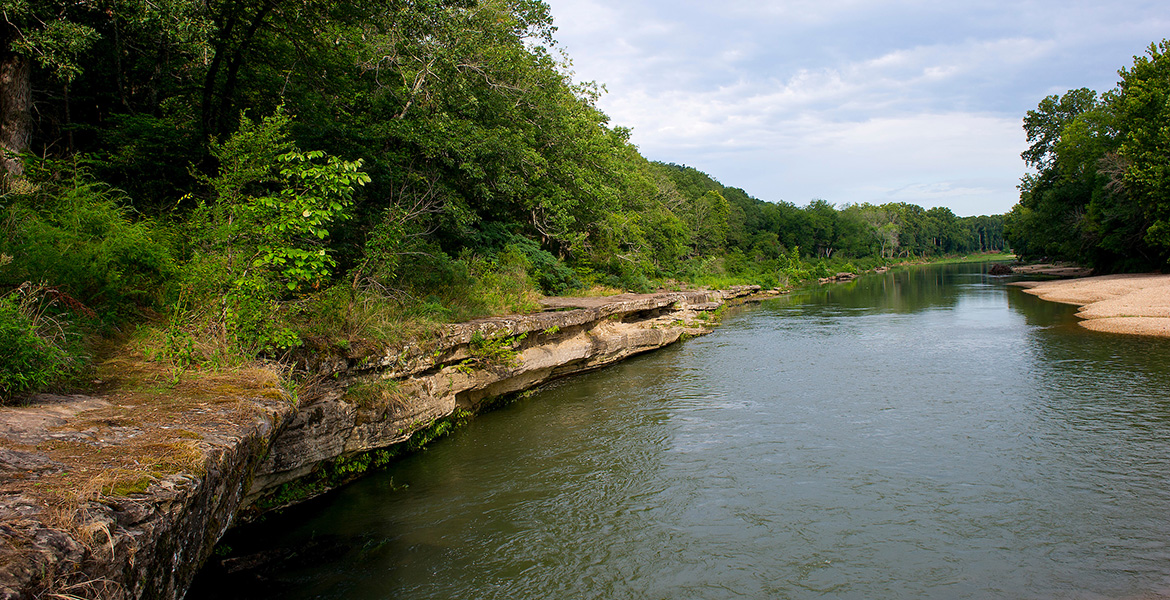
Water in the spotlight
Thursday, March 22, 2018
World Water Day, annually recognized on March 22 for the past 25 years, is a day about focusing attention on the importance of water.
According to worldwaterday.org, there are currently 2.1 billion people across the globe without access to clean drinking water. This year’s theme for World Water Day is Nature for Water, which explores nature-based solutions to the water challenges people face in the 21st century.
“Supplying water for the world’s growing population and increasingly stressed ecosystems is a key challenge of the 21st century,” said Kevin Wagner, director of the Oklahoma Water Resources Center at Oklahoma State University. “World water use has tripled in the past 50 years. Furthermore, 40 percent of the world’s food comes from irrigated lands as the world food economy increasingly relies on irrigation.”
Steps need to be taken in many areas to increase the efficiency of the water currently available. The American Society of Civil Engineers 2017 Infrastructure Report Card gave America’s water infrastructure a grade of D. The group said while the quality of drinking water in the U.S. remains high and water consumption is down, there are still an estimated 240,000 water main breaks per year.
Drinking water is delivered via one million miles of pipes across the country, many of which were laid in the early to mid-20th century with a lifespan of 75 to 100 years. According to the American Water Works Association, an estimated $1 trillion is necessary to maintain and expand service to meet demands over the next 25 years.
Oklahoma’s picture is much like the nation’s. The most recent ASCE report, from 2013, gave Oklahoma a D+ on its water infrastructure, citing the “significant financial burden” facing the state because the “majority of existing water infrastructure has aged beyond its useful life.” The ASCE estimates Oklahoma will need to spend $6.5 billion on drinking water infrastructure over the next 20 years.
Another $1.3 billion is need for wastewater infrastructure.
While the amount of available water is typically more visible to the public, the quality of the water available is equally important. Even the tiniest of streams find their way to major bodies of water, oftentimes supplying municipalities with their water.
When those streams pick up contaminants from runoff, the pollutants are carried downstream and deposited in rivers and lakes.
The US Department of Agriculture’s Watershed Program reduces flooding and traps sediment through the construction of flood control dams. More than 11,000 dams have been built nationwide since 1948, with more than 2,100 dams in 121 watersheds in Oklahoma.
“These flood control structures provide protection for 2 million acres of farmland,” Wagner said. “Millions of dollars are needed to rehabilitate both our drinking and wastewater treatment infrastructure, along with flood control structures.”
There are several major water issues to be addressed.
OSU is on the forefront of finding answers to the state’s water questions. The Oklahoma Water Resources Center is housed in the Division of Agricultural Sciences and Natural Resources at OSU and helps direct water research in Oklahoma by sponsoring projects and disseminating the knowledge that results from it.
The Water Center collaborates with more than 80 faculty and OSU Cooperative Extension specialists from DASNR and numerous other departments across the university to provide expertise in plants, soils and ecosystems; water conservation, treatment and reuse; land use and water quality; and economics and policy.
“Faculty affiliated with and funded through the Water Center are investigating almost every angle for water quantity and quality and promoting awareness of the water issues our state has faced, is facing and will continue to face in the future,” said Wagner.
Story by Sean Hubbard
